Tech
-
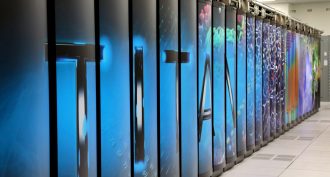 Computing
ComputingExplainer: What is a computer model?
Computer models use data, math and computer instructions to predict events in the real world.
-
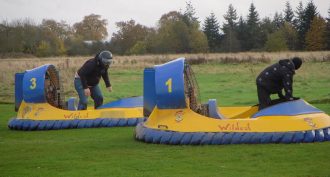 Tech
TechMake your own mini hovercraft
Hovercraft aren’t just the cars of the future. You can make your own with just a few household items.
-
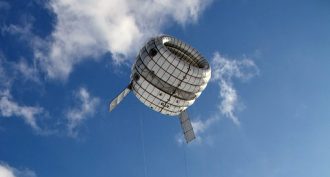 Tech
TechWind power is looking up — to the clouds
Placing wind turbines high in the sky could let them harvest power from the faster, more reliable winds found at altitude.
By Sid Perkins -
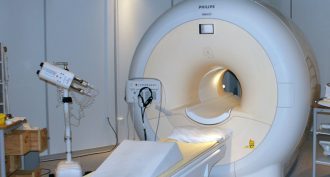 Physics
PhysicsDetecting a single proton
Doctors typically use magnetic-resonance imaging, or MRI, to see tissues and organs inside the body. Physicists can harness a similar technology. And they did that to spotlight something even smaller — a single proton. But followup analyses, reported in January 2015, forced a retraction of their original claim.
-
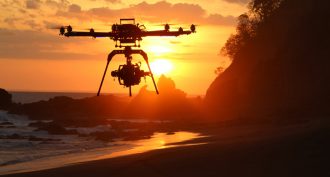 Tech
TechDrones put spying eyes in the sky
From keeping tabs on changing landscapes to protecting animals from poachers, scientists are using drones to push their fields forward.
-
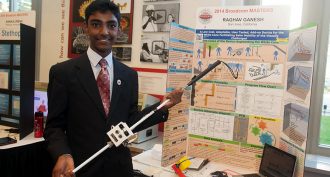 Tech
TechA cane that can ‘see’
Pre-teen’s invention clips onto a blind person’s cane and detects objects in a person’s path, helping them to avoid trip hazards.
By Sid Perkins -
 Physics
PhysicsHow science saved the Eiffel Tower
The Eiffel Tower was an engineering masterpiece. But Parisians initially thought it too ugly to let stand for more than 20 years. So Eiffel made the tower a bastion of science. And that would soon ensure that the structure was too valuable to tear down.
By Ron Cowen -
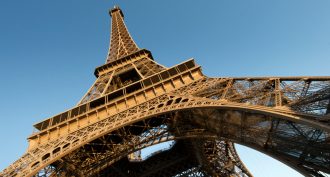 Tech
TechFun facts about the Eiffel Tower
Here are some details of what it took to design, build — and what it now takes to maintain — this icon of the Paris skyline.
By Ron Cowen -
 Computing
ComputingModels: How computers make predictions
They use numbers to model real-world activities. And new insights in math are streamlining models’ design.
-
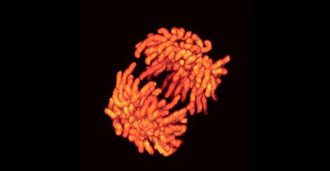 Physics
PhysicsNobel goes for creating the ‘nanoscope’
A regular microscope can’t bring into focus the nanoscale molecules from which cells are built. Using lasers and fluorescent molecules, three scientists found a way to view these tiny features. Their reward: the 2014 Nobel Prize in chemistry.
-
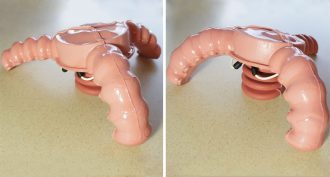 Tech
TechSquishy robot propelled by ka-pow!
This is not your average robot. It flies through the air, propelled by an explosion in one of its arms. It could prove useful in disaster areas or war zones.
-
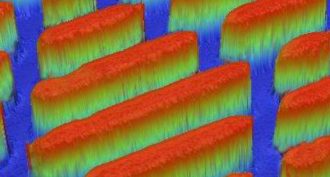 Tech
TechRepelling germs with ‘sharkskin’
A biotechnology company has found a way to repel superbugs without toxic chemicals. It mimics the texture of a shark’s skin.